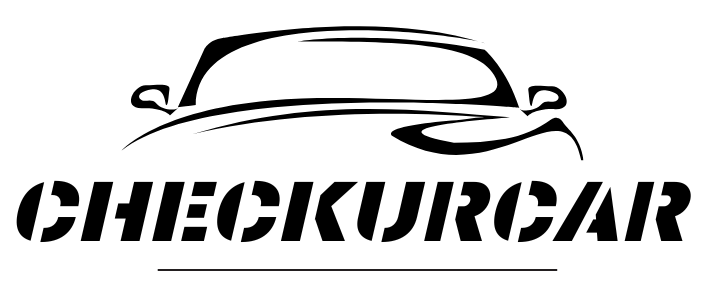When it comes to proper wheel alignment and maintaining your vehicle’s handling, shim block assembly plays a crucial role. Whether you’re dealing with uneven tire wear, steering misalignment, or suspension issues, understanding how a shim block assembly functions can save you time, money, and frustration.
Let’s explore what this automotive component is, how it works, and why it’s essential for every car owner aiming for optimal performance.
What Is a Shim Block Assembly?
Purpose of Shim Blocks in Vehicle Systems
A shim block assembly is a combination of thin, often metal or composite plates (shims) inserted between components to fine-tune alignment, spacing, or fit. In vehicles, they’re primarily used in the suspension system to ensure that the wheels are properly aligned for safe and efficient driving.
Components of a Car Shim Block Assembly Kit
Shims
Shims are the core component, typically made of steel or composite materials, varying in thickness from 0.25 mm to several millimeters.
Bolts, Nuts, and Spacers
These secure the shim block in place between the control arm and mounting points.
Material Types
Most shim blocks are made from corrosion-resistant materials like stainless steel or anodized aluminum, ensuring durability under extreme road conditions.
Car Shim Block Assembly Diagram Explained
A car shim block assembly diagram shows how thin spacer blocks, called shims, are placed between parts to adjust spacing and alignment. These shims help ensure everything fits properly, especially in areas like the suspension or body mounts. The diagram helps mechanics know exactly where and how to install each shim so the car stays level, aligned, and runs smoothly.
Benefits of Using a Quality Shim Block Assembly
Improved Wheel Alignment
Using a quality shim block assembly helps ensure your wheels are precisely aligned according to manufacturer specifications. This not only enhances the vehicle’s handling and cornering but also provides a smoother, more comfortable ride. Proper alignment minimizes steering corrections, especially at higher speeds, and helps maintain better control in challenging driving conditions. Over time, it can also improve fuel efficiency by reducing rolling resistance.
Less Wear and Tear
Correct alignment with shim blocks helps your tires and suspension parts last longer by reducing unnecessary strain.
Enhanced Safety
Misaligned wheels can cause your vehicle to pull to one side, increasing the chance of an accident. Shim kits provide a reliable fix to keep your car driving straight and safe.
Signs You Need Shim Block Assembly Replacement
- “Is Your Ride Feeling Off? It Could Be the Shim Block Assembly”
Uneven tire wear, strange suspension noises, or alignment issues may all point to a worn shim block assembly. Catching these signs early can save you from bigger repair bills down the road. - “Don’t Ignore These Shim Block Assembly Warning Signs”
From bumpy handling to poor wheel alignment, your vehicle may be telling you it’s time for a shim block assembly replacement. Learn what to watch for and when to act. - “When to Replace Your Shim Block Assembly: Key Signs to Know”
A faulty shim block assembly can compromise your vehicle’s performance and safety. Recognizing the early symptoms helps you stay ahead of costly repairs.
How to Replace a Car Shim Block Assembly?
Replacing a shim block assembly isn’t too complex if you’re familiar with suspension components—but precision is key. Here’s a general step-by-step process:
Tools Required
- Jack stands
- Wrench set
- Torque wrench
- Shim kit
Safety Precautions
Ensure the car is securely lifted before removing any components.
Step-by-Step Installation Guide
- Remove the wheel.
- Detach the suspension mount.
- Insert the required shims based on the alignment specs.
- Re-tighten bolts to the manufacturer’s torque.
- Reinstall the wheel and test alignment.
Choosing the Best Car Shim Block Assembly
OEM vs Aftermarket Shim Kits
OEM kits are designed for your specific vehicle, while aftermarket options may offer universal compatibility.
Recommended Brands
Brands like Moog, Dorman, and SPC Performance are known for high-quality shim kits.
Customer Reviews
Always check real-world feedback to gauge performance and durability.
Common Mistakes in Car Shim Kit Installation
1. Incorrect Shim Placement or Orientation
Installing shims in the wrong position can worsen alignment instead of correcting it.
Even a small misalignment can cause pulling, uneven tire wear, or poor handling.
Always follow the manufacturer’s instructions and double-check shim orientation.
2. Ignoring Torque Specifications
Over- or under-tightening bolts leads to noise, shim movement, or part damage.
Improper torque can throw off alignment or cause suspension instability.
Use a torque wrench and stick to your vehicle’s specified torque settings.
3. Skipping Inspection of Worn Components
Shims won’t fix deeper suspension issues like worn bushings or bent arms.
Installing shims on damaged parts only masks the real problem.
Always inspect and replace faulty components before any alignment adjustment.
4. Mismatching Shim Sizes or Stacking Improperly
Incorrect thickness or uneven stacking can make alignment worse.
Each wheel must be adjusted with precise measurements for balance.
Use calipers and label your shims to prevent mismatched placements.
5. Skipping the Alignment After Installation
Even with perfect shim placement, a final alignment is essential.
Driving without it may cause drifting, steering issues, or tire wear.
Always follow up shim installation with a professional alignment.
6. Using Cheap or Universal Shim Kits
Generic kits may not fit properly or last under real driving conditions.
Poor fit can lead to misalignment, vibrations, or early wear.
Choose high-quality, vehicle-specific shim kits from trusted brands.
Maintenance Tips for Shim Block Assemblies
Regular Inspections
Check shims during every wheel alignment or tire rotation.
Cleaning and Lubrication
Keep shims clean and free from debris to maintain proper alignment.
Shims for Car Alignment: Why They Matter
How Shims Impact Camber, Caster, and Toe Angles
Proper shimming corrects these angles to ensure even tire wear, improved steering, and safer driving.
Cost of Car Shim Block Assembly Kits
The cost of a car shim block assembly kit typically ranges from $20 to $250, depending on the vehicle and kit quality. Basic universal kits start around $20–$50, while mid-range, OEM-specific kits fall between $50–$120. Heavy-duty or performance kits can exceed $120, especially for trucks or specialty vehicles. Don’t forget to factor in labor costs ($80–$150/hr) and a post-installation alignment ($75–$150) if you’re not doing it yourself
Where to Buy Car Shim Kits Online
- AutoZone
- RockAuto
- NAPA Auto Parts
Real-World Applications and Case Studies
Vehicles with severe misalignment have reported up to 30% improvement in tire lifespan and noticeable handling upgrades after proper shimming.
FAQs About Shim Block Assembly
1. What is the purpose of a shim in a car?
To adjust and fine-tune wheel alignment angles for better vehicle control and tire wear.
2. Can I drive without a shim block assembly?
While possible, it can lead to misalignment, uneven tire wear, and safety hazards.
3. How long do shim kits last?
With regular maintenance, quality shim kits can last several years.
4. Are shims necessary after suspension upgrades?
Yes, changes in suspension geometry often require realignment with shims.
5. Is shim installation reversible?
Absolutely. You can remove or adjust shims as alignment needs change.
6. Do all cars use shim block assemblies?
Not all. Many modern vehicles use eccentric bolts or cam-style adjusters instead.
Conclusion: Enhancing Car Performance with Shim Block Assembly
Whether you’re a seasoned mechanic or a car enthusiast, understanding the function and benefits of a shim block assembly is essential for optimal vehicle performance. From improving alignment and extending tire life to boosting safety, investing in a reliable shim kit can make a noticeable difference.

